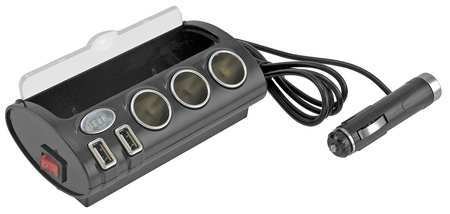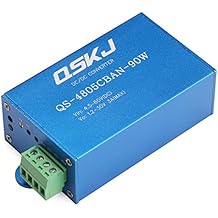MurrayM
Guru
While anchored last weekend our daughter had a friend aboard, so there were a few more iphones, gopro's and ipads to charge than normal.
Someone gave us a small device charger with 4 USB ports that plugs into a 12v socket, but I noticed it had a disproportionately amp hour gobbling effect on the smartgauge.
Compass Marine did a quick test which explains why;
iPad Charging - How Much Energy? Photo Gallery by Compass Marine How To at pbase.com
Someone gave us a small device charger with 4 USB ports that plugs into a 12v socket, but I noticed it had a disproportionately amp hour gobbling effect on the smartgauge.
Compass Marine did a quick test which explains why;
iPad Charging - How Much Energy? Photo Gallery by Compass Marine How To at pbase.com



